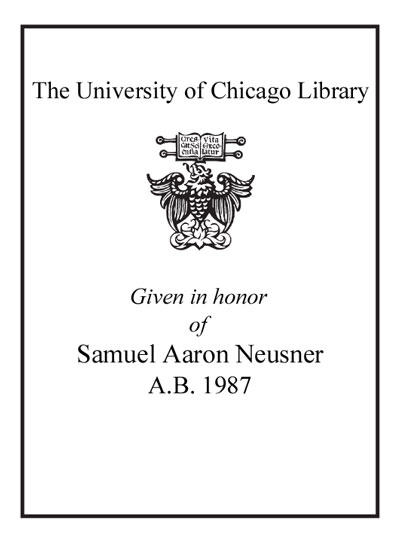Review by Publisher's Weekly Review
When discussing battles, military historians sometimes ignore details of tactics, ordnance and organization. Nosworthy (The Anatomy of Victory), by contrast, here emphasizes the central importance of these factors to the conduct of warthrough infantry, cavalry and artilleryin the Napoleonic era. In doing so, he challenges conventional wisdom. Far from improvising tactics according to circumstances, French armies, he shows, possessed a large and coherent body of doctrine. The bayonet charge was at least as important to British tactics, meanwhile, as was the firepower of the "thin red line"; British musketry, Nosworthy contends, wasn't all that superior to that of the French. The author's major contribution, though, is to connect directly the tactical systems developed by Frederick the Great with those of this later era. That evolution rather than revolution shaped tactics between 1740 and 1815 is a drastic revision of generally accepted theory, making this work indispensable for all students of the period. Illustrations not seen by PW. Military Book Club alternate. (Apr.) (c) Copyright PWxyz, LLC. All rights reserved
(c) Copyright PWxyz, LLC. All rights reserved
Review by Library Journal Review
A brilliant follow-up to the author's The Anatomy of Victory: Battle Tactics 1689-1763 (Hippocrene, 1989), this ambitious volume is a study of the infantry, artillery, and cavalry tactics of the Napoleonic Wars. A detailed study of small-unit tactics of the period 1796 to 1815, it focuses on the evolution of tactics from the linear to the impulse method along with the coincidental evolution of arms and equipment. Nosworthy takes the reader right on to the battlefield through the use of primary sources and his analysis of the physical and psychological experience of being a Napoleonic soldier. His is one of the few texts in English to deal with the period on a tactical level. Recommended for all collections.David Lee Poremba, Detroit P.L. (c) Copyright 2010. Library Journals LLC, a wholly owned subsidiary of Media Source, Inc. No redistribution permitted.
(c) Copyright Library Journals LLC, a wholly owned subsidiary of Media Source, Inc. No redistribution permitted.
Review by Publisher's Weekly Review
Review by Library Journal Review

